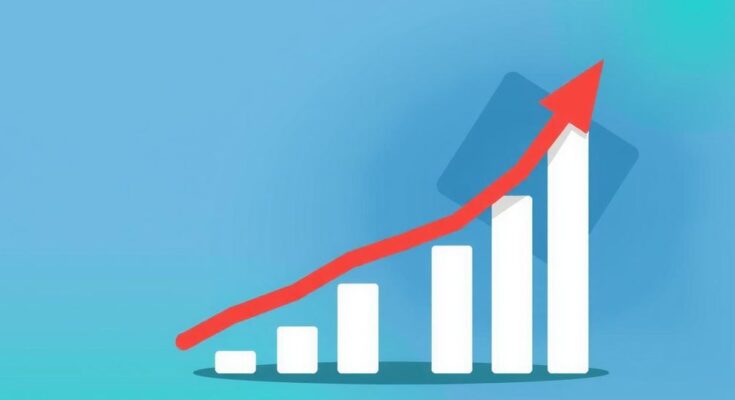Brazil’s central bank increased interest rates by 100 basis points to 14.25% for the third time, indicating a potential smaller hike next. Governor Galipolo’s leadership remains critical amid economic challenges, with inflation expectations adjusting slightly lower. The bank monitors signs of growth moderation while grappling with the impact of U.S. economic policies.
On March 19, Brazil’s central bank raised interest rates by 100 basis points, marking the third consecutive increase. This decision elevated the benchmark Selic rate to 14.25%, a level last observed in 2016. The unanimous decision by the rate-setting committee, Copom, aligns with economists’ predictions, as they now anticipate a smaller adjustment in the next meeting due to signs of an economic slowdown.
Policymakers indicated that they foresee a lower magnitude rate hike in upcoming meetings, contingent on evolving economic conditions. Flavio Serrano, chief economist at Banco BMG, suggested that a 50-basis-point increase in May may conclude this tightening cycle. The current governor, Gabriel Galipolo, has maintained the previous guidance established during the tenure of former governor Roberto Campos Neto.
Galipolo’s leadership is under scrutiny, as President Luiz Inacio Lula da Silva seeks to stimulate consumption amidst low approval ratings. The central bank’s decision coincided with the U.S. Federal Reserve’s simultaneous rate hold, highlighting the interconnected nature of global economic policies. In their statement, Brazilian officials expressed concerns regarding U.S. economic policies and their potential impact on global trade.
Despite a notable appreciation of the Brazilian currency against the U.S. dollar, inflation expectations have yet to stabilize in line with the official target of 3%. Therefore, the central bank lowered its inflation forecast for 2025 slightly to 5.1% from 5.2% while estimating a 3.9% inflation rate for the third quarter of 2026. JP Morgan analysts deemed the central bank’s adjustments as minimally hawkish, suggesting further hikes may occur in the coming months as the tightening cycle progresses.
Brazil’s central bank’s recent decision to raise interest rates reflects cautious monitoring of economic growth and inflation. With an expected moderation in future hikes, the central bank aims to balance its inflation goals against political pressures for consumption-driven stimulus. As external economic conditions evolve, particularly regarding U.S. policies, Brazil’s central bank appears steadfast in mitigating the risks to its economic outlook while navigating a complex political landscape.
Original Source: www.marketscreener.com




